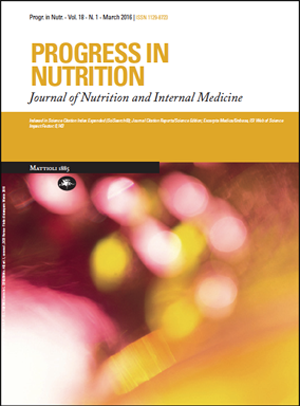Black cumin may be a potential drug for development of carbontetrachloride-induced lung damage in rats
Keywords:
Apoptosis, DNA damage, lung, new drug, TUNELAbstract
The study examines whether Black cumin (Nigella sativa L.) plays a protective role against the damage in the lung by administering carbontetrachloride (CCl4) to rats. 28 male Wistar albino (n=28, 8 weeks old) rats were used in the study. The rats divided into 4 groups according to their live weights. The groups were: (i) Negative Control (NC): Normal water consuming group to which no CCl4 and Black cumin (BC) is administered; (ii) Positive Control (PC): Normal water consuming group to which no CCl4 is administered but BC is administered; (iii) CCl4 Group: Normal water consuming and group to which CCl4 is administered (1.5 ml/kg live weight, ip); (iv) CCl4 + BC group: CCl4 and BC administered group (1.5 ml/kg live weight, ip). Tissue apoptotic index was examined via TUNEL method. MDA (malondialdehyde) determination in lung tissue was made using spectrophotometer. As a results, MDA amount decreased in the CCl4 + BC group (6,33 ± 1,54 nmol/g) in comparison to CCl4 group (8,66 ± 1,58 nmol/g) whereas it was observed in the CCl4+BC group (15,35 ± 0,21%) that the apoptotic index (TUNEL results) decreases in comparison with the CCl4 group (27,48 ± 0,28%) thus approaching normal values. DNA damage ratio decreased in the CCl4 + BC group in comparison to CCl4 group. These results show that BC plant protects the lung against oxidative damage.Downloads
Published
Issue
Section
License
This is an Open Access article distributed under the terms of the Creative Commons Attribution License (https://creativecommons.org/licenses/by-nc/4.0) which permits unrestricted use, distribution, and reproduction in any medium, provided the original work is properly cited.
Transfer of Copyright and Permission to Reproduce Parts of Published Papers.
Authors retain the copyright for their published work. No formal permission will be required to reproduce parts (tables or illustrations) of published papers, provided the source is quoted appropriately and reproduction has no commercial intent. Reproductions with commercial intent will require written permission and payment of royalties.

This work is licensed under a Creative Commons Attribution-NonCommercial 4.0 International License.


